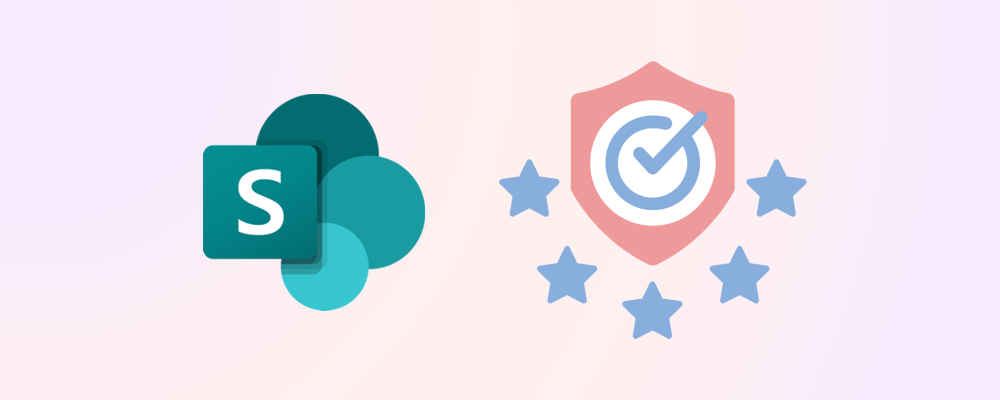A SharePoint audit report is a powerful tool for tracking user activity across your SharePoint environment. Whether you're managing a small team site or overseeing a sprawling tenant, understanding who accessed, modified, or deleted content is essential for maintaining security, compliance, and operational transparency.
In this post, we’ll break down what a SharePoint audit report includes, how to access it, and how it fits into broader governance strategies - especially when paired with tools like SProbot.
What Is a SharePoint Audit Report?
At its core, a SharePoint audit report logs user actions within your environment. These actions can include:
- Viewing or editing documents
- Deleting files or folders
- Sharing content externally
- Accessing site settings or permissions
In SharePoint Online, audit data is collected via the Microsoft Purview Compliance Portal, where administrators can search logs based on activity type, user, date range, and site URL.
Why Audit Reports Matter
Audit reports are essential for:
- Security monitoring: Detect unauthorized access or suspicious behavior.
- Compliance: Meet regulatory requirements for data access and retention.
- Troubleshooting: Understand how and when changes were made to content or settings.
- Governance: Track adherence to internal policies and identify areas of risk.
How to Access Audit Logs in SharePoint Online
To generate an audit report:
- Go to the Microsoft Purview Compliance Portal.
- Navigate to Audit under the Solutions section.
- Use filters to select:
- Activities (e.g., “Downloaded file”, “Deleted file”)
- Date range
- Users
- Site URLs
- Run the search and export results to CSV for further analysis.
Note: Audit logs are retained for 90 days by default, but this can be extended with appropriate licensing.
Limitations of Native Audit Reporting
While Microsoft’s audit logs are comprehensive, they can be:
- Complex to navigate: Especially for non-technical users.
- Limited in scope: Some external user details may be masked.
- Reactive: You only see what’s already happened.
That’s where tools like SProbot come in.
Enhancing Audit Visibility with SProbot
SProbot complements native audit logs by offering:
- Security insights: Identify overshared content, orphaned sites, and risky configurations.
- Health Check dashboards: Get a snapshot of your tenant’s governance posture.
- Recommended Reviews: Proactively flag areas needing attention.
For example, while Microsoft’s audit log shows who downloaded a file, SProbot’s Health Check can highlight files with excessive sharing links - helping you prevent issues before they occur.
👉 Learn more: How to get a SharePoint health check
Best Practices for Using Audit Reports
- Schedule regular reviews: Monthly or quarterly audits help maintain oversight.
- Combine with governance tools: Use SProbot to fill gaps in native reporting.
- Educate site owners: Empower them to monitor activity on their own sites.
- Document findings: Keep records of audit reviews for compliance purposes.
Final Thoughts
Audit reports are a cornerstone of SharePoint governance. By understanding how to access and interpret them - and by pairing them with tools like SProbot - you can build a more secure, compliant, and well-managed SharePoint environment.






